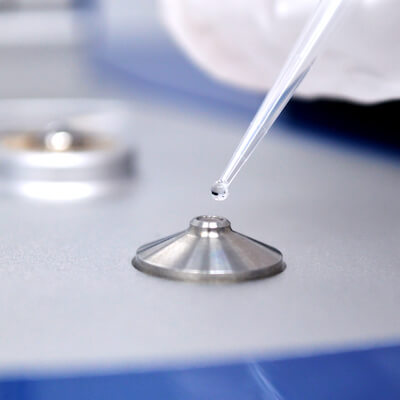RNA quantification is a necessary procedure in research revolving around genetics and molecular biology. Accurate RNA quantification is essential when applied in applications involving single-cell genomics. Multiple techniques can be used to quantify RNA including UV absorbance, electrophoresis, quantification utilizing fluorescence, or next-generation sequencing.
Innovative technology, like automated cell counters, aid these techniques and are necessary to prepare high-quality samples for successful RNA quantification. This blog post will review why automated cell counting technology can help improve the efficiency of RNA isolation and quantification by accurately counting isolated nuclei in the laboratory.
Increasing Accuracy and Reliability of Isolated Nuclei Counts During RNA Quantification
In order to perform proper RNA quantification for single-cell analysis, various preparatory techniques need to be completed to ensure a successful procedure. Isolating nuclei from the general cell sample is a vital pre-emptive step. This is carried out so that the target nuclei are distinguished from cell debris and dead cell bodies. Isolating nuclei allows researchers to study RNA at the individual cell, rather than cell population level. By isolating nuclei from cell samples, researchers can study gene expression and cellular processes more clearly on a micro-scale.
Furthermore, many laboratory techniques require high-quality samples of isolated nuclei to be able to produce accurate RNA quantification results. By relying on automated cell counters, scientists can increase the accuracy and reliability of isolated nuclei counts during RNA quantification. The next section will explore this case study of automated cell counting further.
Using Automated Cell Counting for RNA Quantification Purposes
Automated cell counters, such as the DeNovix CellDrop, streamline the laboratory workflow by reliably differentiating isolated nuclei from intact cells and debris. In particular, researchers rely on fluorescence-based cell counters for single-cell genomics research. This technology does not require a large volume sample and can function without presenting samples on slides, saving both sample resources and preparation time. However, this instrument does have the option of using cell slides which allows for high-magnification microscopy analysis to be performed after counting nuclei without requiring additional samples if desired, as this example study noted. With advanced automated cell counting technology, accurate, reproducible, and standardized isolated nuclei counts are ensured. The research outlined by KOTAI Biotechnologies utilized the CellDrop™ automated cell counter by DeNovix.
RNA Quantification with DeNovix
DeNovix as an expert in the area of RNA quantification and single-cell genomics provides cutting-edge instruments used in key studies involving counting isolated nuclei. DeNovix instruments are a powerful solution for life sciences – especially in single-cell genomics. As an industry leader in advanced instrumentation for life sciences research, DeNovix can provide solutions to your RNA quantification needs. We offer products for various advanced procedures that feature advantages such as providing cell count without the need for slides, DirectPipette™ Technology, and usability across a wide range of cell types.
This blog post reviewed how automated cell counters improve the efficiency of RNA quantification and further information can be found in other posts covering the use of automated cell counters for sample prep and quantifying RNA as biomarkers. If you would like to learn more information about RNA quantification, counting isolated nuclei, and our CellDrop™ Automated Cell Counters product line, please reach out to a member of our experienced team as soon as possible. They would be happy to help.
Sources:
https://www.gene-quantification.de/aranda-rna-quantification-2009.pdf



